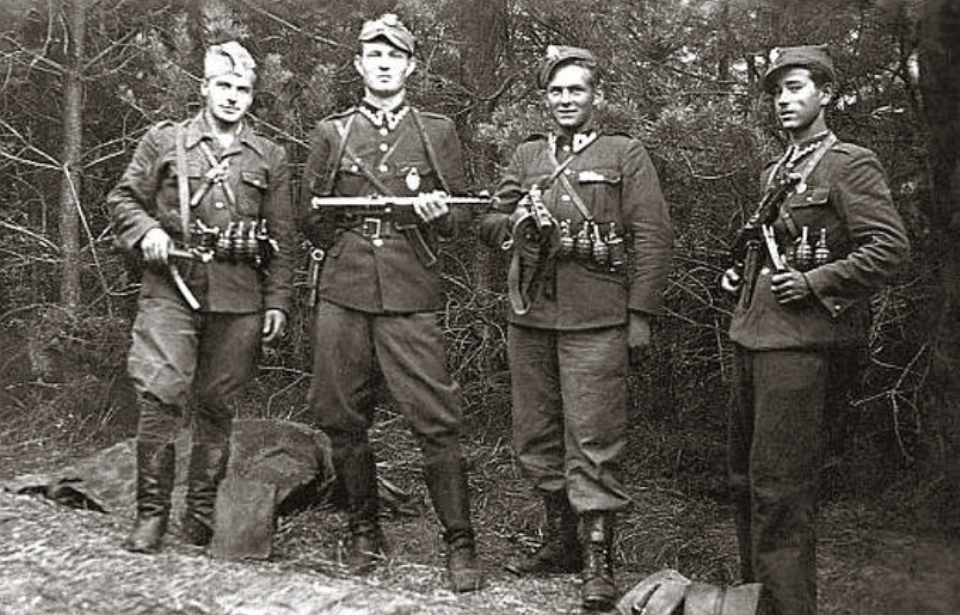When discussing Poland during the Second World War, it’s almost impossible to avoid the Polish Underground State. Initially formed to fight against the German occupiers, as the conflict progressed, it transformed into an anti-Communist force, which aimed to remove the Soviet regime from the country. Those who fought against the Red Army and the NKVD have since been dubbed the “Cursed Soldiers,” given how greatly outnumbered they were.
Polish resistance to the German occupation
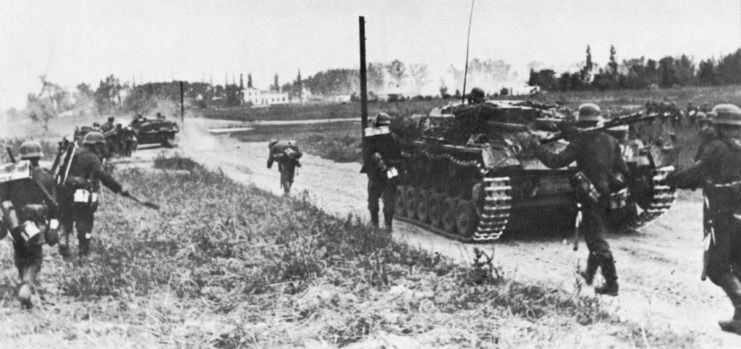
Germany’s invasion of Poland on September 1, 1939 signaled the start of World War II. Not long after, a number of underground organizations popped up across the country, all opposed to the occupation. It’s estimated that Warsaw, Poland’s capital city, was home to 40 of these groups by the end of the year. By 1940, that number had grown to 140.
The number of groups posed a problem, as there was no way to launch coordinated strikes against the Germans. Thus, the Polskie Państwo Podziemne (Polish Underground State) and Armia Krajowa (Home Army) were formed, the latter in 1942. The main objective of both organizations was to regain Poland’s independence.
Despite being severely outnumbered and with less weapons than the occupiers, the country’s underground resistance frequently launched clandestine attacks, with the Home Army instigating the largest strike – the Warsaw Uprising – in August 1944. Part of Operation Tempest, the Warsaw Uprising aimed to chase out the Germans, reinstate Poland’s independence and showcase the country in such a way that it would be viewed as equal to the Soviet Union.
Success hinged on support from the Red Army. However, Soviet dictator Joseph Stalin had other plans. He wanted to weaken the Polish resistance as much as possible, and thus ordered his men to hold off on liberating Warsaw. This led to heavy losses on the partisans’ side, with the Home Army having to surrender in October 1944. The fighting destroyed the majority of the capital city’s structures, and civilians were subsequently murdered as a reprisal for what the resistance fighters had done.
Joseph Stalin is given control of Poland
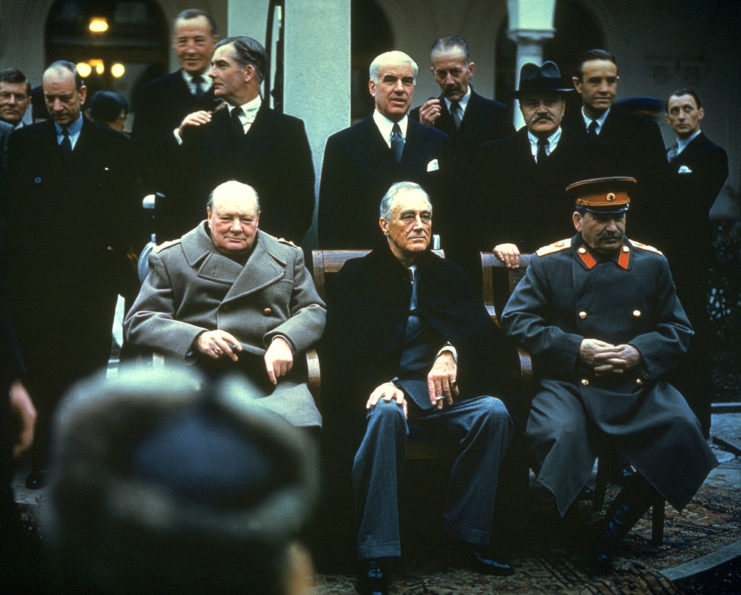
With the Germans eventually pushed out of Poland by the advancing Soviet forces, Stalin set up a puppet regime in the country, which he called the Polish Committee of National Liberation. Those making up the new government were aware that the Polish Underground State was still loyal to the government-in-exile and would need to be destroyed. The task of eradicating the Home Army and other underground resistance fighters was given to the NKVD – the Soviet secret police.
Using intelligence obtained from partisans who were sympathetic to the Communist cause, the NKVD, with the help of the Red Army’s Northern Group of Forces, rounded up between 50,000 and 60,000 Poles and sent them to labor camps. Not long after, the Home Army announced its disbandment, in January 1945.
A month later, Britain, the United States and the Soviet Union held the Yalta Conference, where British Prime Minister Winston Churchill and US President Franklin D. Roosevelt agreed to let Stalin have control of Poland. This, understandably, upset those within the resistance movement, as they were largely against Communism and angered by the continued oppression placed upon them.
‘Cursed Soldiers’ make up Poland’s new resistance groups
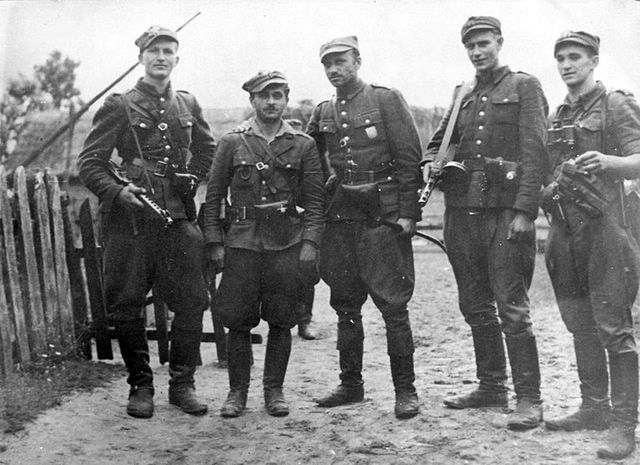
A number of resistance groups popped up to replace the Home Army, the most notable being the Wolność i Niezawisłość (Freedom and Independence Association). Its aim was to help former partisans transition back into civilian life, a job that had to be done in secret, so as to not reveal anything to the NKVD.
When the Home Army disbanded in January 1945, a number of resistance fighters fell victim to false promises from the Soviets. They laid down their weapons and registered on the promise of freedom, but were swiftly arrested and deported to labor camps. Others were subjected to unofficial court proceedings and/or murdered.
From the end of WWII to the collapse of the Soviet Union, resistance groups came and went. Their members became known as the “Cursed Soldiers” because, while their numbers peaked at 20,000, they were severely outnumbered by the Soviets. That being said, they did have the support of between 200,000 and 250,000 Polish civilians.
Battle of Kuryłowka
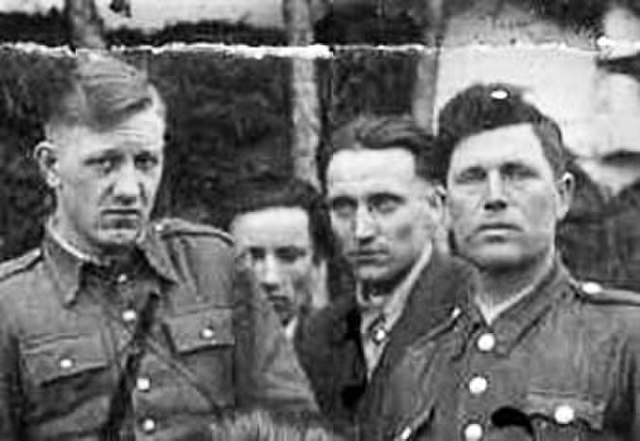
Between 1944-47, the Cursed Soldiers conducted a number of “hit-and-run” strikes against the Soviets occupying Poland, with the aim of either rescuing their captured comrades or killing high-ranking enemy officials. The typical plan of action saw them launch surprise attacks against Red Army garrisons and military installations, after which they would run into the surrounding forest for cover.
The biggest strike came between May 6-7, 1945 with the Battle of Kuryłowka, in southeastern Poland. It saw 200 fighters attack the 300-strong Soviet 2nd Border Regiment. The partisans came out victorious, killing between 56-70 NKVD agents. Those who survived retreated, only to return to Kuryłowka and burn down more 730 buildings, displacing around 1,000 residents.
This was followed a few weeks later by the attack by a resistance unit against the NKVD camp in Rembertów, on the outskirts of Warsaw. Led by Col. Edward Wasilewski, the partisans destroyed the encampment and freed the hundreds of Polish citizens being held prisoner.
Soviet actions against the ‘Cursed Soldiers’ of Poland
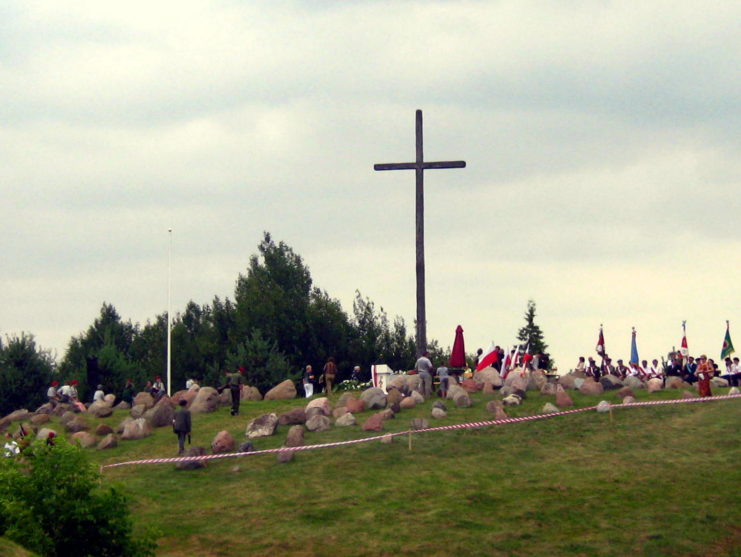
The Soviet authorities were particularly brutal toward those partisans with whom they came into contact. In the autumn of 1946, between 100 and 200 Cursed Soldiers were lured into a trap and killed. Additionally, former members of the Home Army were under constant surveillance for decades, with them being cleared of any wrongdoing only after the fall of the Soviet Union.
The biggest anti-resistance operation conducted by the Soviet forces during this era was the Augustów Roundup. A joint operation by the NKVD, the Red Army, SMERSH battalions, the Ministry of Public Security (UB) and the Polish People’s Army (LWP), it was personally ordered by Stalin and saw the capture of over 2,000 partisans.
Considered one of the largest crimes committed by the Soviets against Poles following the Second World War, it resulted in the deaths of 600 anti-Communist fighters, many of whom died in Soviet custody. Their bodies were subsequently burned and buried in mass graves.
It wasn’t just resistance fighters who were targeted, either. The NKVD also targeted Polish civilians, with an estimated 300,000 arrested between 1944-55 – some sources put the number even higher, at two million. Around 6,000 death sentences were given, with the majority carried out, and 20,000 everyday citizens were left to die in Soviet prisons. On top of that, an additional six million Poles were deemed as suspected members of underground organizations and subjected to investigation.
Poland’s last ‘Cursed Soldier’ is taken out in an ambush
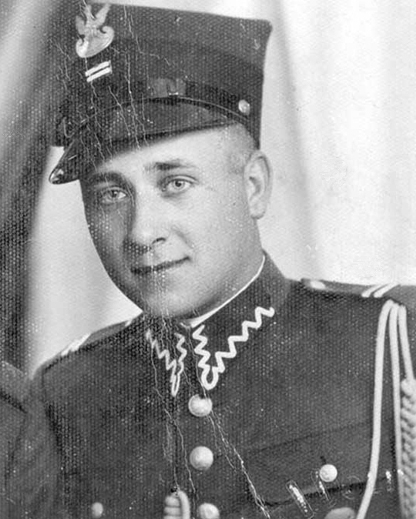
As the 1940s gave way to the ’50s, partisans continued to launch guerrilla attacks against Soviet prisons, state security offices and detention centers. They also took on propaganda missions, looking to counteract the Communist information being shared by the Stalinist regime.
However, as the 1950s drew to a close, Poland’s underground resistance began to wither. More and more partisans were being rounded up by NKVD agents and officials with the UB, and, before long, there was only one Cursed Solider left: Jósef Franczak.
Franczak had been drafted into the Polish Second Army in 1944, and during that time witnessed the executions of his Home Army comrades at the hands of the Communist Polish government. This led him to defect, and, after hiding out for a few months, he became actively involved in the country’s anti-Communist movement.
The Pole had been wanted by the Soviets since 1951, and it wasn’t until ’63 that they finally caught up with him. Franczak had been betrayed by his mistress and was found hiding out in Majdan Kozic Górnych, a small village in eastern Poland. When the police ordered him to surrender, he presented himself as a regular peasant, before opening fire. A firefight ensued and Fanczak was mortally wounded.
National Day of Remembrance of the ‘Cursed Soldiers’
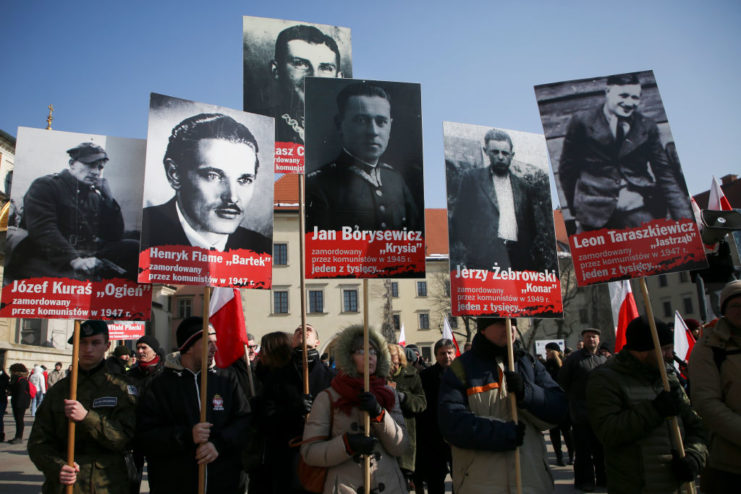
In 2011, Polish President Bronisław Komorowski signed into law an act that created the National Day of Remembrance of the “Cursed Soldiers,” held annually on March 1. The date is the anniversary of the execution of seven members of the Wolność i Niezawisłość.
More from us: Operation Frankton: When ‘Canoeing Commandos’ Took On the Enemy In Kayaks
The National Day of Remembrance is intended to pay tribute to the partisans who gave their lives for Polish independence. It also honors the memories of all who fought against Communism with the resistance movement and were persecuted for their actions.
